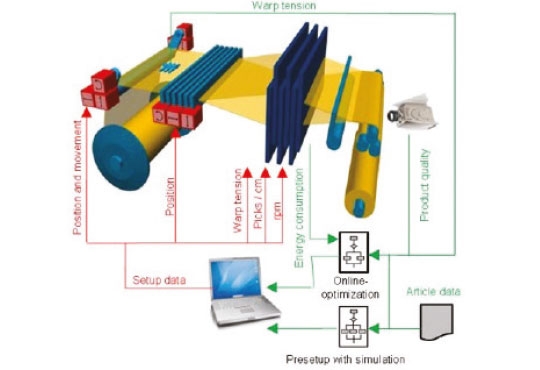
How Cloudy Should be Your Cloud Roadmap
Suresh Guntuka, VP-IT, CSS Corp | Monday, 29 August 2016, 12:11 IST
 When public cloud was getting evolved many of the organizations were not opting for it due to various security issues and started to focus on private clouds. Now the business needs operational flexibilities, hence hybrid cloud is gaining more interest.
When public cloud was getting evolved many of the organizations were not opting for it due to various security issues and started to focus on private clouds. Now the business needs operational flexibilities, hence hybrid cloud is gaining more interest.
What is Hybrid Cloud?
Hybrid cloud is a combination of a minimum of one private cloud and one public cloud. The private cloud can be on-premises and/or a virtual private cloud outside premises.
Why Hybrid Cloud?
Hybrid cloud is driven by the interest of taking benefits of public and private cloud in a seamless manner.
Some of the risks related with public and private clouds may also exists with hybrid clouds. Gartner report “Private Cloud Matures, Hybrid Cloud Is Next” published on September 2013, predicts that almost half of large enterprises will be engaged in hybrid cloud by 2017.
Organizations have been building out private cloud because they need rapid provisioning, flexible capacity to respond to increased demand.
VMware, IBM and Microsoft have all launched technology initiatives on the strength of the future prospects of hybrid cloud computing
Everyone wants a hybrid cloud, but not all major vendors provide them.
Moving to a hybrid cloud environment even if the organization already has been using public clouds and/or private clouds is a big step. The lack of cloud interoperability is a big hybrid cloud issue.
If the organization has a private cloud and would want to move to a hybrid cloud, then below mentioned suggestion can be considered:
1. Find a vendor that can abstract platforms, hypervisors, and APIs out of the picture.
2. Find a public cloud provider that supports your private cloud API so that migrating virtual images back and forth is easier.
3. Find a cloud vendor that has the same cloud stack and cloud API for both the private cloud and public cloud.
4. Find a third party vendor that has software which can be tailored to migrate virtual images between private cloud and the public cloud.
Criteria’s should be used to decide how to divide the use of existing on-premises systems and a public cloud. What amount of mix should there be between the use of a public and private cloud when building a hybrid cloud system? There is no single correct answer for this because there are different perspectives that can be taken, however below mentioned are few suggestions to decide.
1. Split up according to function and role
2. Split up according to location and distance
3. Split up according to personnel and resources
The goal of adopting a hybrid cloud is to secure the flexibility, expandability and customizability of information systems.
When considering flexibility, think not only of the ease of “expanding” resources but also of the ease of “decreasing” resources.
When considering expandability, it is important to look at the areas in which expansion is expected from a variety of angles.
When considering customizability, one should take care that things can change drastically according to technological trends prevailing at that point in time. The customizability of clouds has greatly improved through advancements in hardware, software, network capabilities and virtual technology.
CIO Viewpoint
Cloud is no more a Buzz Word. It is Here to Stay!!
By Mosesraj R, AVR – IT & Excellence, Brillio
Importance of Technology in Textile...
By Kunal Mehta, General Manager – IT, Raymond Limited
Role of IoT and Digital technology in Textile...
By Abdulla Fatiya, Head IT SAP Applications, D'Decor Exports
CXO Insights
Giving the Customer Full Control to Improve...
By Anand Natarajan, Head of Strategy and Business Execution, Fullerton India Credit Company Ltd
Addressing the Transformations in Networking...
By Manoj Chugh, President - Enterprise Business, Tech Mahindra
Creating Competitive Advantage Through...


.jpg)




